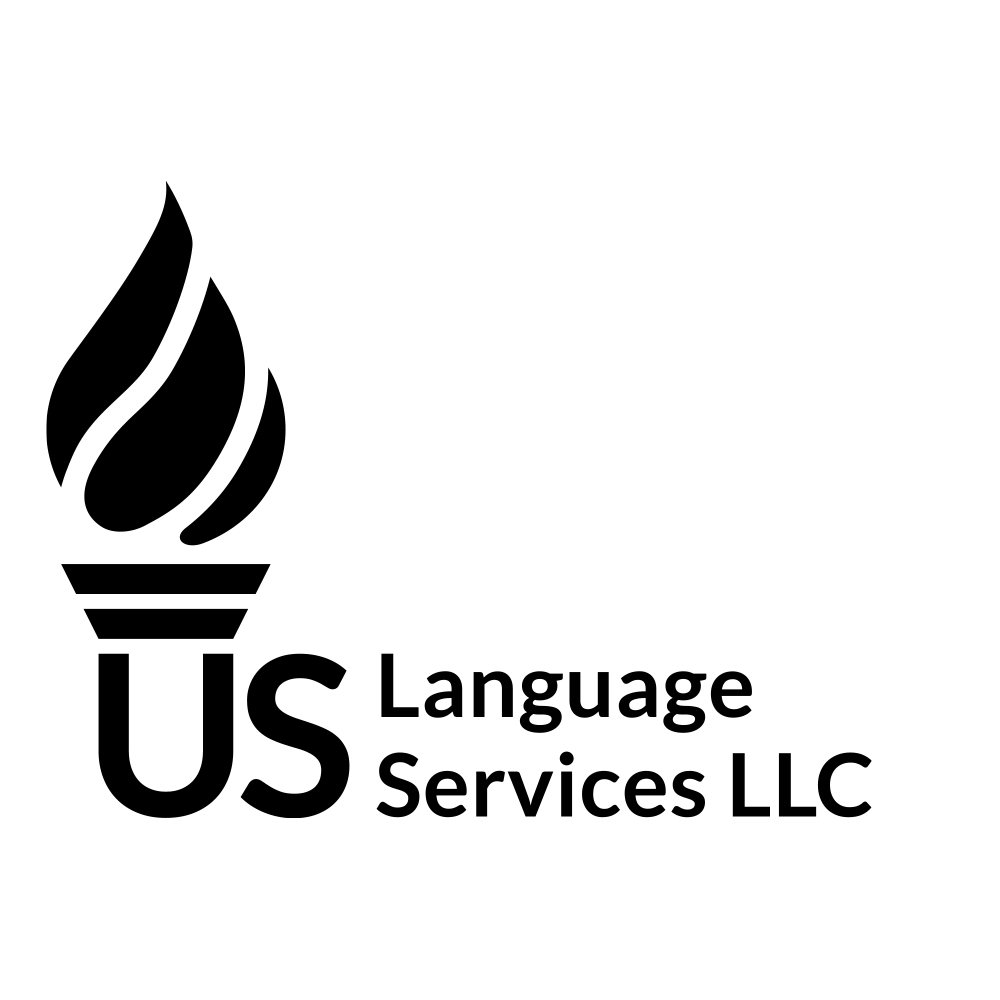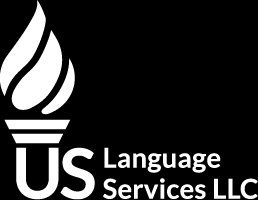Understanding the U.S. Grading System
The benefits of studying at U.S. universities are recognized the world over, but navigating the U.S. grading system during the application and transfer process can be complex and difficult. Over one million foreign students study at U.S. colleges and universities each academic year, but prospective students from around the world are often confronted with an entirely new academic system, and many are often left wondering.
In this guide we will cover these questions:
- Does the U.S. grading system use numbers or letters?
- How does the A-F grading system work?
- What are the pluses and minuses for grades?
- What are “passing grades?”
- What are course credits or units?
These are common questions about studying at U.S. universities because not only does each individual college or university have its own requirements, but also there is no single nationwide system for grading or calculating grades. There is a general system that most schools and universities use, but there are usually differences regarding the details. Below are answers to some common questions regarding the U.S. grading system, but it is important to always check the requirements of each individual school.
Does the U.S. grading system use numbers or letters?
Most schools and universities in the United States use a letter system in which each letter corresponds to a particular range of numbers on a 100-point scale. The grades are A-F, with A’s on the higher end of the 100-point scale, and F’s on the lower end. On transcripts and report cards, some schools will provide only the letter grade, some will provide only a number grade, and some will provide both.
How does the A-F system work?
The A-F system uses five letters (A, B, C, D and F). There is now no E grade in order to prevent confusion with a score of E (for Excellent) that was given last century and is sometimes still given in preschools. The letter F also makes it clear that a student has Failed the course.
The basic letter grade system
| Letter Grade | Number Grade (out of 100) |
|---|---|
| A | 90 – 100 |
| B | 80 – 89 |
| C | 70 – 79 |
| D | 60 – 69 |
| F | 59 and below |
What are the pluses and minuses for grades?
Many schools in the U.S. use an enhanced form of this 5-letter system, with the possibility of having a plus or minus added after the letter. Having a plus suffix (+) means a student did slightly better, and a minus suffix (-) means slightly worse. This means that for most letter grades (A-D), there are three possible variations of the grade a student could get. For A’s, for example, the very best score would be an A+, followed by an A, and then an A-. After an A- is a B+, and so on. Note that pluses and minuses are generally only used for the letters A-D, not F. A school will usually not award an F+ or F-. Any kind of F means Fail.
A common plus/minus letter grade system in the U.S.
| Letter Grade | Number Grade (out of 100) |
|---|---|
| A+ | 97 – 100 |
| A | 93 – 96 |
| A− | 90 – 92 |
| B+ | 87 – 89 |
| B | 83 – 86 |
| B− | 80 – 82 |
| C+ | 77 – 79 |
| C | 73 – 76 |
| C- | 70 – 72 |
| D+ | 67 – 69 |
| D | 63 – 66 |
| D- | 60 – 62 |
| F | 59 and below |
Note that some schools consider an A+ to be from 96.5 to 100, others 98 to 100, etc. Always check each individual school’s particular grading system and scale.
What are “passing grades?”
At many high schools, a “passing grade” is technically anything above a failing grade, or in other words, everything from a D- up to an A+. That being said, some high schools have moved the cutoff for passing from 60 to 70, meaning that at some schools, a student must attain at least a 70 (a C-) in order to pass.
At the college and university level, a 60-69 (D- to D+) may count as passing, it may be what is known as an “unsatisfactory passing grade,” or it may not be counted as passing at all. Stipulations often apply for D grades, e.g. the class may not count towards a major, it may not count within a more demanding program (Pre-Med for example), or it may lead to academic probation. Furthermore, a student likely will not be able to transfer credit from a class with a score of 60-69. So, a 65 (D) at a university may end up worthless if the student is studying abroad or ultimately graduates from a different institution.
For undergraduate work, a C- or above is likely a passing grade. Anything in the D range has become more questionable, and its status depends on the university guidelines, the program of study, the course itself, and other variables. Always verify this information with the individual university.
What are course credits or units?
At U.S. colleges and universities, the terms “credits” and “units” are generally used interchangeably, and indicate the number of hours of class time required for a particular class. For example, a four-credit History course would require a student to be in that class for four hours each week for the duration of the semester. A two-credit Biology lab would only require the student to be in class for two hours each week.
Credit hours do not, however, include implied study and homework time for each course. The amount of out-of-class work required varies greatly by course, but a general rule is that most classes require twice as much out-of-class work as in-class work. So that same four-credit History course means four hours of class time plus eight hours (4 x 2) of study/homework time for a total of twelve weekly hours of work for the class.
The course credits system serves two purposes: it indicates a student’s total course workload by semester (15 credits per semester is standard), and it serves as a running tally of how close a student is to graduating. Again, requirements vary by school, major, etc., but 120 credits is generally seen as the magic number of total credits needed to graduate from a four-year university. That is because a student taking 15 credits each Fall and Spring semester over the course of four years would earn 120 credits.
If you are looking to become one of the more than 1 million foreign students who study at U.S. institutions of higher education on a yearly basis, and you are currently navigating the application or transfer process, we can translate your academic documents for you. You can order your certified translation from our store or request a quote.
Guaranteed Acceptance
All our certified to English translations are accepted by the USCIS. Our translations follow the guidelines established by the USCIS and are also accepted by educational institutions.
Most Requested Documents
FAQs
You can order most translations 24 hours a day, 7 days a week through our online store. For large projects (more than 20,000 words or 50 pages), please request a quote.



